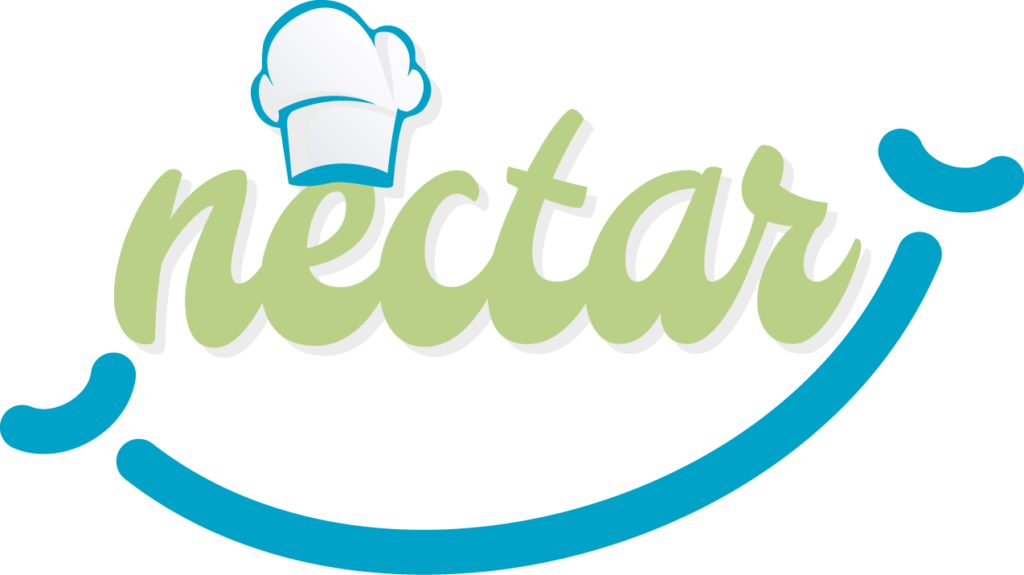1. The CGE EU Curriculum:
this section introduces the main outcome of the project, i.e. the Curriculum, by linking to the digital version of its final release.
2. Tools for Curriculum instantiation:
this section includes guides and tools for the proper localization of the general Curriculum in any designer’s own context.
3. Tools and guide for students’ assessment: this section supports designers in implementing an effective students’ assessment in their courses, in compliance with ECVET recommendations.
4. Supplementary readings for an effective Curriculum instantiation:
this section presents some additional guides about Work-Based Learning (WBL) and Recognition of Prior Learning (RPL).


